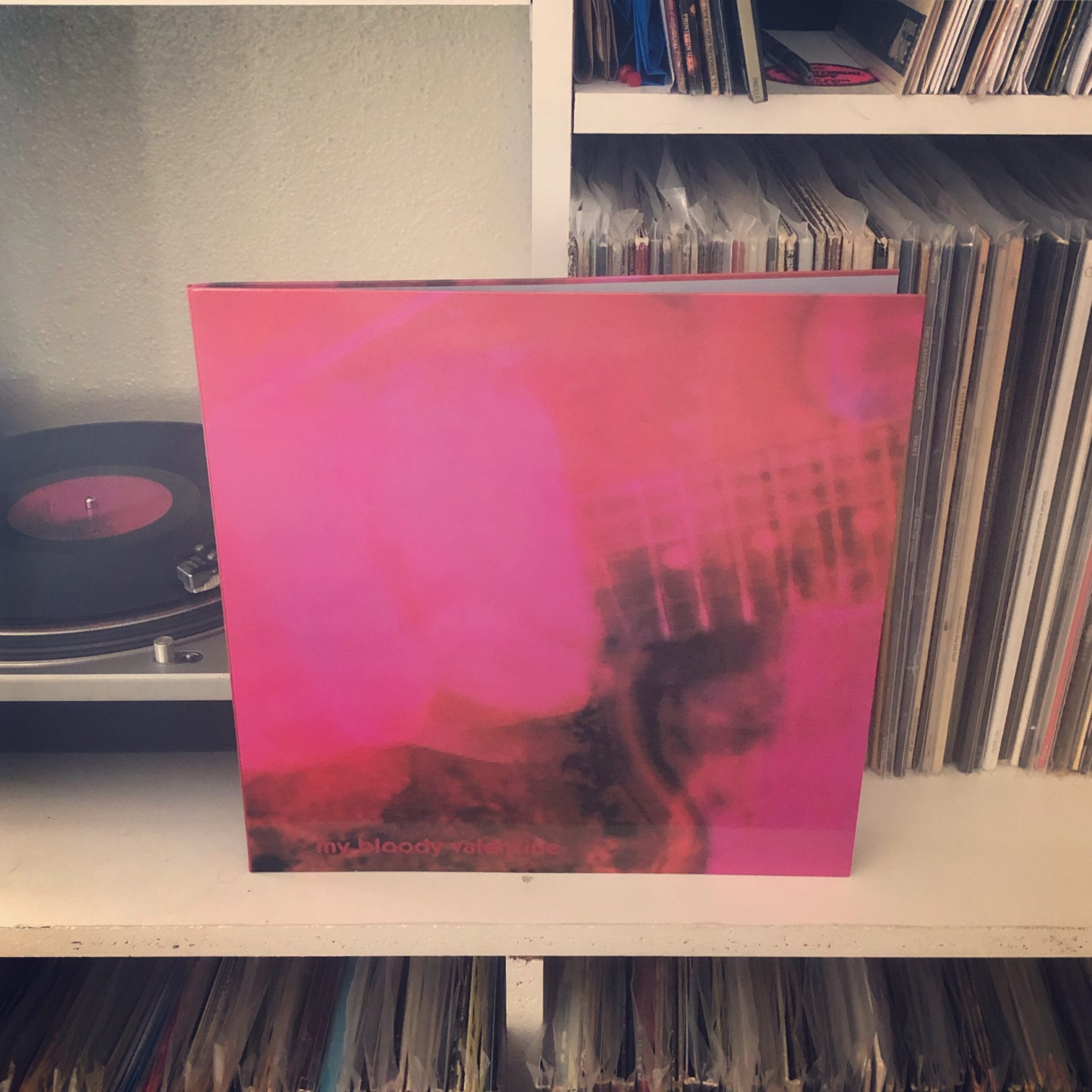
Often, when a record is treated with mythology and laudation, the actual music itself fails to stand up to its own legend.
Despite being an icon in every regard, Loveless doesn’t have the same struggle. It is a glistening masterpiece that transcends every level of the myth surrounding it.
And that myth is massive. After becoming the de facto band leader following Dave Conway’s departure, Kevin Shields moved away from the thrashing post punk of their early material and sought to expand the way we thought about music entirely.
He saw the electric guitar not so much as an instrument as a texture, layering dozens of effects pedals on top of eachother to create massive soundscapes. He became obsessed with the idea that extreme volume levels could induce a trance-like state (a hypothesis that was proven when I saw them live last summer).
And so My Bloody Valentine set to writing songs in a pretty simple formula: laid back pop songs obscured by effects and played as loudly as possible.
But putting that sort of experience on tape is a different sort of beast. Kevin Shields is a notorious perfectionist. The recording process took two and a half years, cycling through nineteen separate studios and dozens of recording engineers, each of them fired for not understanding what Shields was trying to do. Eventually, their label, Creation Records, would go bankrupt, and almost everyone pointed to these sessions as the catalyst.
Despite these problems, it became a hit. It was heralded as a reinvention of the electric guitar. Producer and composer Brian Eno called it “the vaguest pop music put to tape” (high praise coming from Eno). It became a singular monolith of the shoegaze genre. More recently, as the shoegaze revival came in vogue, Loveless operated as a sort of scripture, mandating the use of Fender Jaguars, tremolo bars, and Big Muffs.
Even separate from its legacy, this record is stunning. It’s so revolutionary that it’s almost disorienting hearing it for the first time (in 2007, I listened to the first thirty seconds of “Only Shallow” and decided it wasn’t for me at all. How naive I was). Delicate vocals are buried in the mix, walls of guitar noise making Colm and Debbie Googe sound like they’re barely playing (seeing them live, I realized that Colm plays harder than almost any drummer I’ve ever seen, and Debbie is one of the most furious bassists ever).
Of course, the strangeness of the mix is only a result of most people listening to this record far more quietly than it is meant to. Unfortunately, most people don’t turn up their stereo when they listen, leading many people to treat this record like a delicate listen rather than the bone shattering experience it was meant to. At high volumes, it unfolds into a sonic world that no one else had discovered before them.
And on this analog vinyl remaster helmed by Shields himself, the record really comes alive. Even the individual clips of the distorted guitar amps are discernible among the crushing, womblike walls of noise. The drum samples are crisp and clear (Colm was sick for most of recording, leading Shields to create new drum parts by chopping up existing drum tracks and rearranging them). Even Debbie Googe’s bass lines, languishing for years under previous mastering jobs, is now as powerful as they are live.
Even twenty-eight years after its release, Loveless is just as vibrant and relevant as ever. Its sonic brilliance remains unmatched. While many have tried to imitate its sonic palette, no one has come close to creating something this transcendent.
Note: while I usually pick out some highlight tracks, I can’t do that here. Do yourself a favor and listen to the whole thing. Just make sure to turn it up.